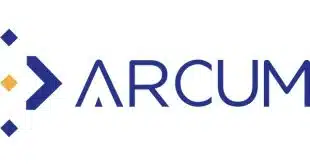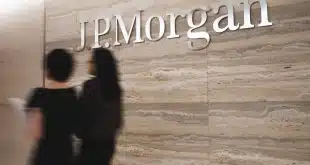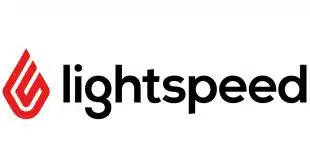The rapidly mounting popularity of a technology that lets businesses process checks by turning them into electronic images for deposit is giving rise to new methods that promise to relieve small businesses of the need to have either traditional check scanners or processing software. The latest example is a product introduced last week by EFT Network Inc., a processor in Hawthorne, N.Y., that allows either businesses or consumers to deposit checks by faxing them to EFT Network's data center. This development follows the introduction last year by Mitek Systems Inc., a San Diego vendor of image-analytics software, of a product by which users can take pictures of checks with a cell phone and send the images over the air for deposit. Both instances are evidence of how banks, processors, and other marketers of remote deposit capture are looking for ways to extend the technology to smaller and smaller enterprises?and to consumers at home?by erasing the need for what could be costly scanners, software, and training. “Any provider is looking to see how far [they] can push the limit” of remote capture, says John Leekley, founder and chief executive of Alpharetta, Ga.-based RemoteDepositCapture.com, which follows the technology. Four banks are currently using EFT Network's product, called FAXTellerPLUS, to handle between 10,000 and 15,000 checks per month. These institutions are among the nearly 200 clients of the company's conventional remote-capture service. Steve Davis, EFT Network's president, says another 10 financial-institution clients are in the process of going live on the fax service, which, he projects, will be processing “hundreds of thousands” of monthly transactions by year's end. With the product, a user places up to three checks in the pockets of a frosted plastic “carrier,” which bears a unique identifier that ties the checks to the customer. Davis says EFT Network tried clear plastic at first but found it reflected light from the fax machine, making for a poor image. Once faxed, EFT Network receives the checks as a TIFF file. Its software crops the image and performs other functions to improve its resolution, Davis says, adding that the use of the carrier also improves image quality. “It makes it easier for the fax machine to read [the checks],” he says. If an image is subpar, EFT Network returns it to the sender and asks for a resend. The company charges its clients a one-time licensing fee, a maintenance fee, and a fee per carrier, which generally runs between $25 and $30 per month for up to 200 checks, Davis says. Exact pricing, he says, is tied to a financial institution's market capitalization. FAXTellerPLUS is aimed at institutions with market caps of $5 billion and less, and to businesses or individuals that deposit 30 or fewer checks per day. Davis points to other uses of the product, including person-to-person and consumer-to-business payments. For example, an individual who wants to pay another person can do so by using the other person's carrier to fax a check to EFT Network. With that, says Davis, “I just deposited my check into your account.” Leekley of RemoteDepositCapture.com says new twists on remote capture like FAXTellerPLUS and Mitek's mobile product show promise, but must demonstrate to financial institutions that they can deliver images with sufficient quality and manage risk. “If they have even a 5% reject rate, end users aren't going to like it,” Leekley says. “EFT Network may accept that but the clearing bank may not.” Davis says there have been few image-quality issues so far. EFT Network's software, for one thing, can enhance the dots-per-inch resolution of an image, he says, if necessary, and the company will replace a fax machine for a customer whose equipment can't produce images of sufficient quality. He likens a fax machine to another form of scanner. “A scanner is a scanner is a scanner,” he notes. Leekley concedes the new remote capture technologies may overcome early reservations about image quality and risk. While remote deposit capture is now wildly popular and rapidly becoming a standard offering at many banks, “when [it] first came out there were a whole host of skeptics,” he says.
Check Also
Lightspeed Warns of Softer Revenue Growth Amid Weakening Economic Conditions
In what could be an ill omen for other payments processors that softer transaction growth …




